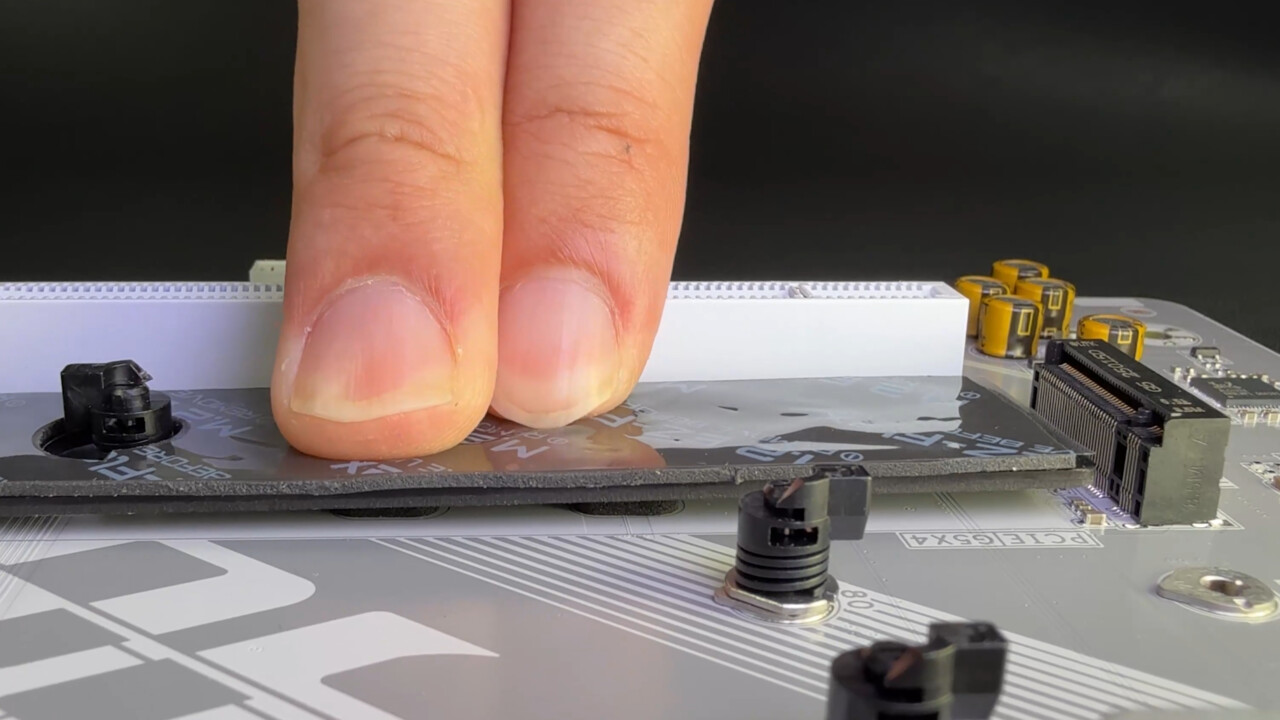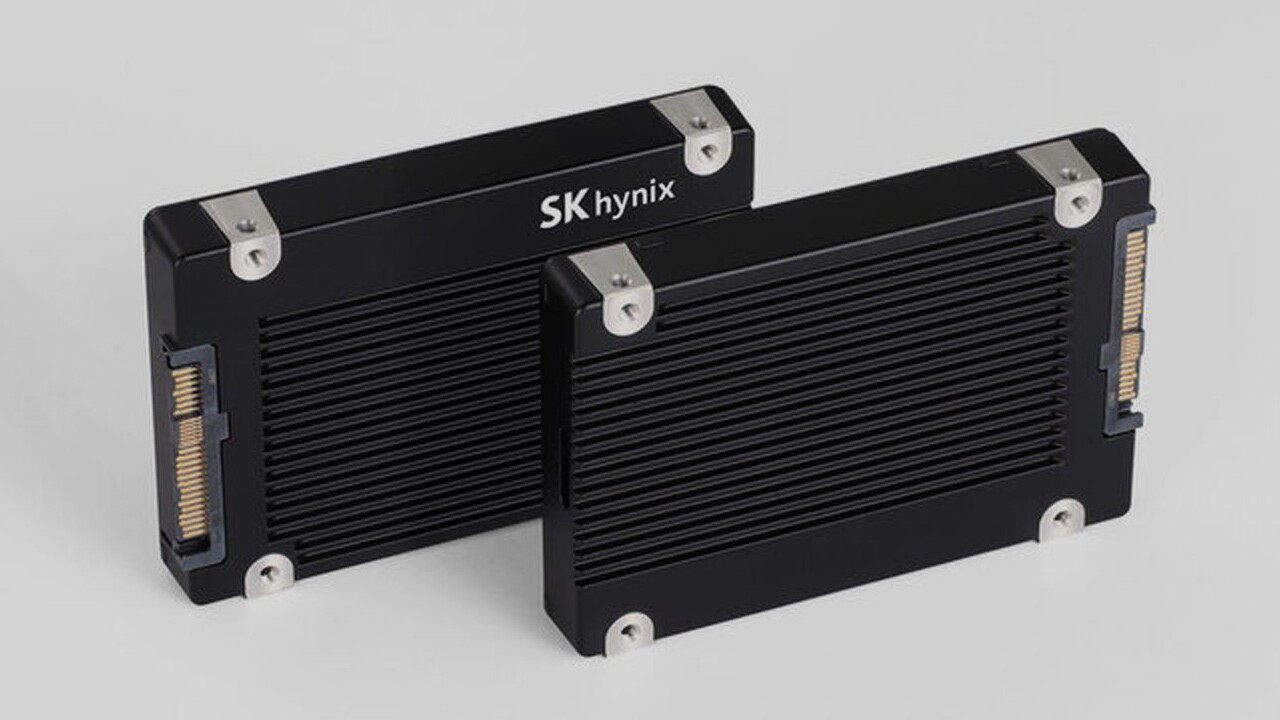M.2 EZ-FLEX: Gigabyte Puts SSDs Under Pressure 16 comments

Image: gigabyte
Gigabyte is equipping its mainboards with a new feature. Behind “M.2 EZ-Flex” is a plate with a thermal pad that presses against the M.2 SSD at the bottom. This should improve contact with the cooler and therefore temperatures.
M.2 EZ-FLEX Comes with the New Stealth Cards
During the presentation of the new Aorus Stealth B850 and Aorus Stealth Ice, Gigabyte mentioned the new M.2 EZ-FLEX feature. It refers to a flexible baseplate, which is used for single-sided and double-sided M.2 modules. It ensures “optimal contact with the cooler,” which should increase thermal conductivity. It’s all about reducing SSD temperatures by up to 12°C. Gigabyte makes announcements.
We are proud to introduce the all-new M.2 EZ-FLEX feature, debuting on our latest motherboards. This patented, redesigned flexible baseplate is positioned at the bottom left of the M.2 slot and intelligently accommodates single-sided and double-sided SSDs. It ensures optimal contact with the heatsink, significantly improving thermal conductivity and reducing SSD temperatures by up to 12°C. EZ-FLEX combines exceptional thermal performance with flexible hardware support in an innovative solution.
Gigabyte
Foam instead of springs
GIF Gigabyte M.2 EZ-FLEX illustrates (Image: Gigabyte)
A schematic diagram initially shows how the plate presses against the M.2 SSD from below. The assumption that metal springs are used here is incorrect. A video shows that compressed foam is simply placed under the plate to provide contact pressure. The plate itself is equipped with a thermal pad. Lettering indicates that the protective film must be removed before use.
GIF Gigabyte M.2 EZ-FLEX in use (Image: Gigabyte)
Ultimately, the thermal pad in particular should ensure improved heat dissipation. However, the foam pressure also improves contact with the SSD back, which is now largely undisturbed, as the storage density per component (packaging) has significantly increased. Any flexing of the M.2 card could also be prevented with this mechanism.
It remains to be seen whether Gigabyte will offer this feature on all mainboards in the future. At least, this isn’t a premium feature exclusive to a B850 motherboard, the current AMD consumer platform.
At first glance, the feature isn’t visible, as stealth models aim to hide as many connections as possible, most of which are even on the back of the motherboard. However, the M.2 EZ-Flex is located at the front, hidden under a cover.
Topics: Flash Memory Gigabyte M.2 Mainboards SSD Storage

Alice guides you through the best storage solutions, from ultra-fast SSDs to secure cloud options.

